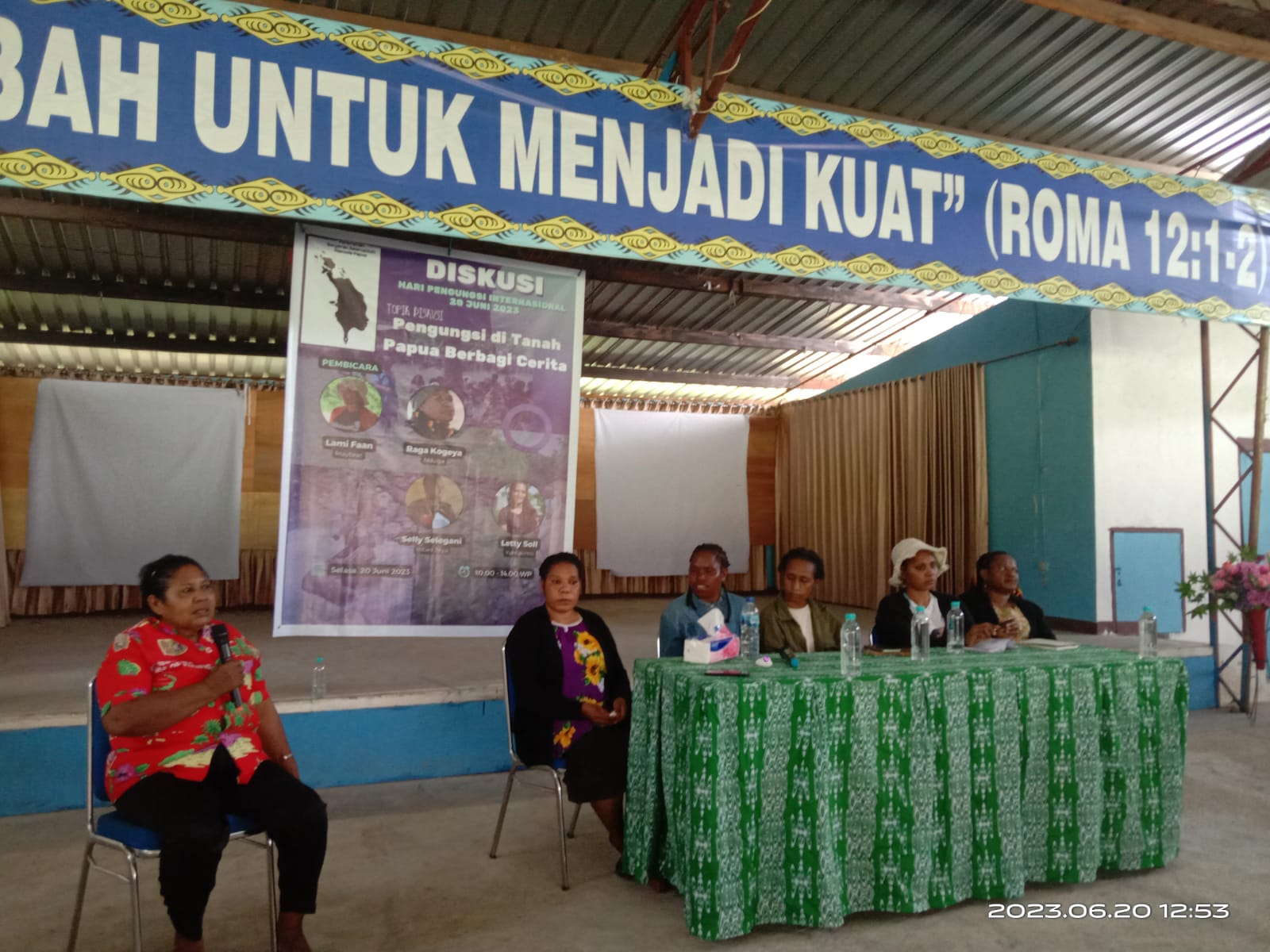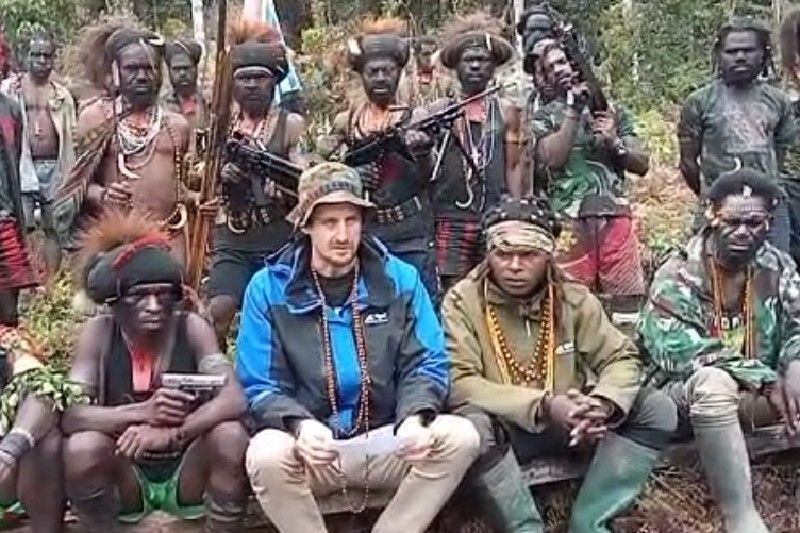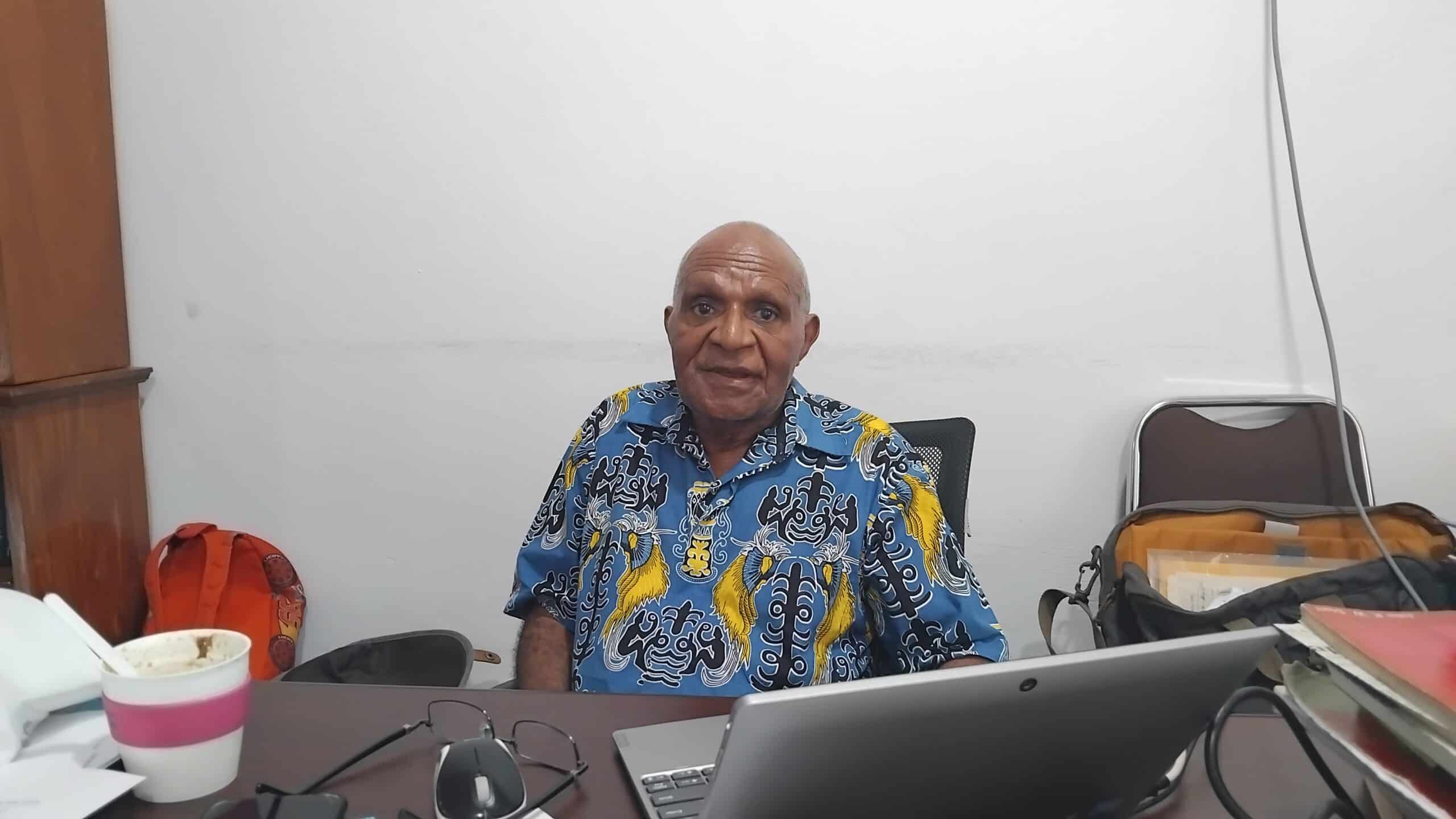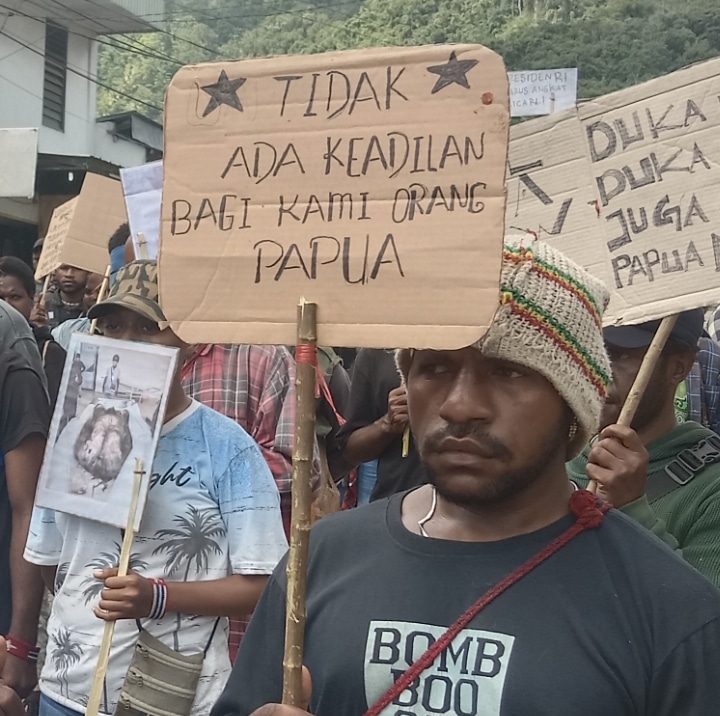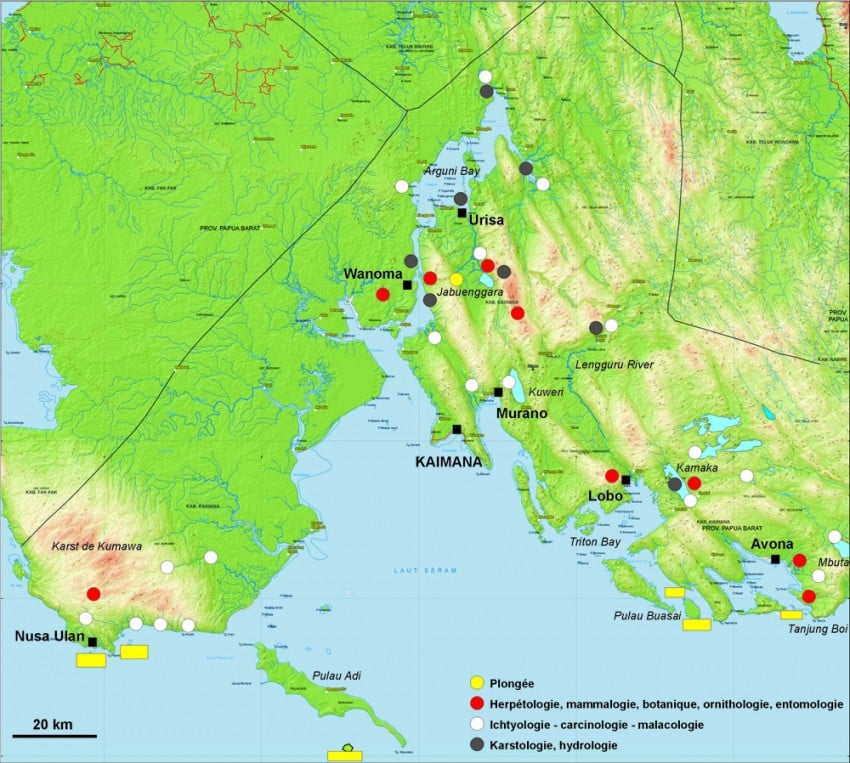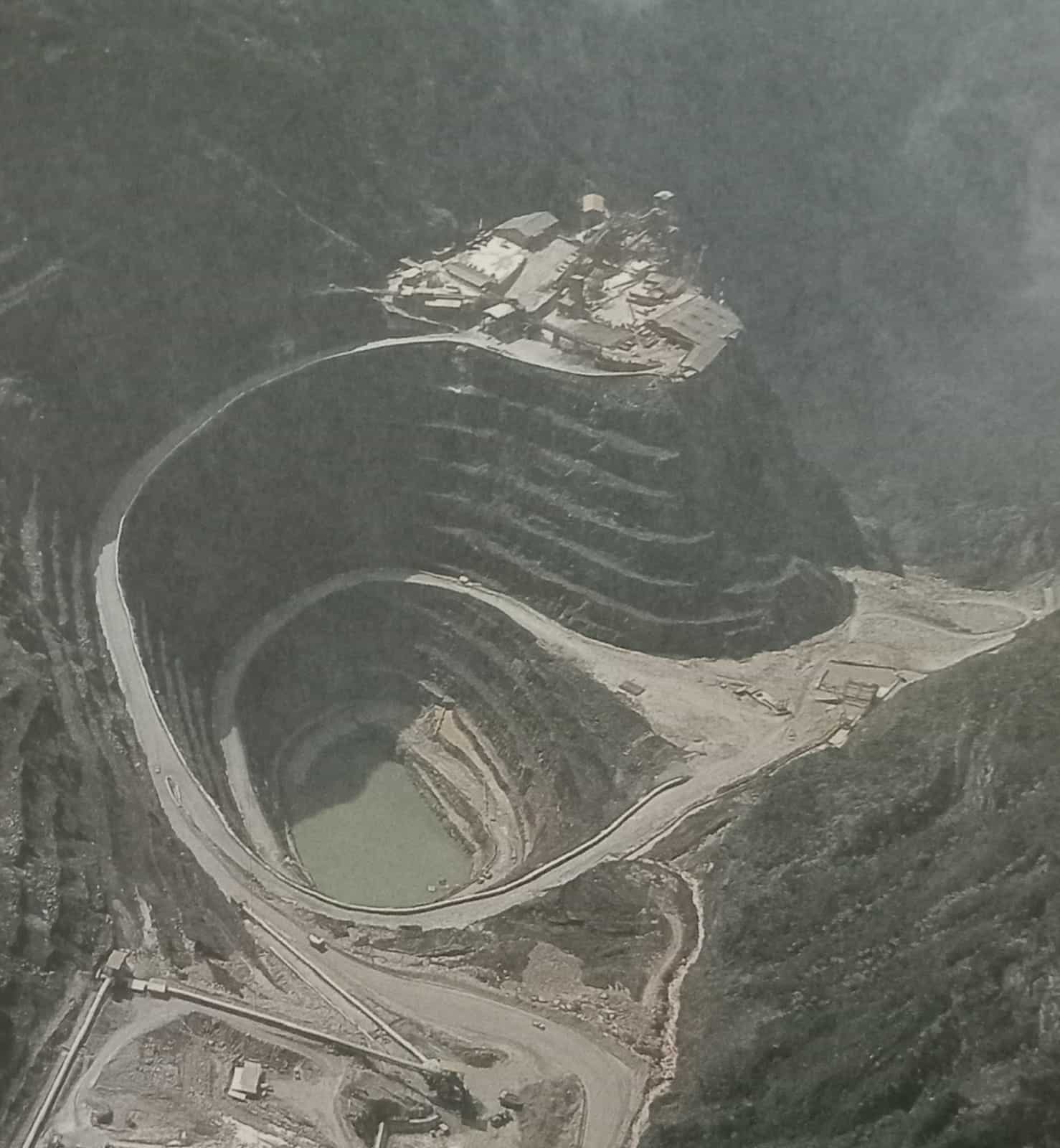
Jayapura, 9/6 (Jubi) – The Papua provincial government should inform the public about the conditions of forests, an environmental group said.
When Barnabas Suebu served as governor he dedicated 90 percent of Papua’s forests to efforts to mitigate climate change, but illegal logging has continued, said the director of Resource Management Development (RMD) Institute, Robert Mandosir, in Jayapura on Monday
Many permits have been issued for the opening of oil palm plantations and other projects, he said.
“The question is, whether it is part of the 90 percent, or outside?” he said.
He said 80 percent of Papuans live in the forests, and in remote areas and are very dependent on nature.
Moreover, the process of interaction and traditional wisdom grows and develops in people’s lives.
“There are some programs on climate change, but the question is what the society get from them? These programs are talking more about forest protection and not contributing to the land owners ” he added.
The acceleration of land clearing for infrastructure, as well as for oil palm plantation investment in Jayapura, Yahukimo, Digoel, and other areas are intensified. This means that there will be land clearing.
“Papua people do not know what 90 percent would be? Is the incoming investment, taking it from 90 percent or 90 percent beyond that and/ or is there a conversion? This needs to be explained, “he said.
Previously, Greenpeace Indonesia and Forest Rescue Coalition predicted the expiration of a moratorium on new forestry licenses was in 2013 and about 800,000 hectares of forest in Papua was threatened to be cleared, for a range of investment interests through the Minister of Forestry Decree No. 458/2012.
These findings are based Geo-spatial analysis of SK 458 and published in August 2012. Decree 458 provides changing the land from forest to non-forest (376 535 hectares), forest protection / conservation into forest production (392 535 hectares), and the area of non-forest to forest (41 743 ha).
SK Publishing based query governor of Papua since 2010. “We recognize these findings late, because SK 458 published in August 2012. Initially, we focused on the analysis of the Indicative Map Publishing New License (PIPIB),” Kiki Taufik, Geo-spatial analyst of Greenpeace Indonesia said.
He said, when analyzing PIPIB III, Greenpeace found 360,000 hectares of protected forest area in Papua-New Guinea border (around the Star Mountains) is converted to forest production. Strong suspicion, amounting area is used for oil palm plantations.
Once traced, 360,000 hectares of protected forest changes into production forest based on the SK 458. Starting from there, Greenpeace analyzed more than 30 maps in detail SK attachments.
“The function of the protected forest protection / conservation is irreplaceable. Therefore, changes in the protected function will bring ecological disaster and the degradation of local society culture is very united with the forest, ” Teguh Surya said, Greenpeace Indonesia forest campaigner Politics. (Jubi / Albert/ Tina)




